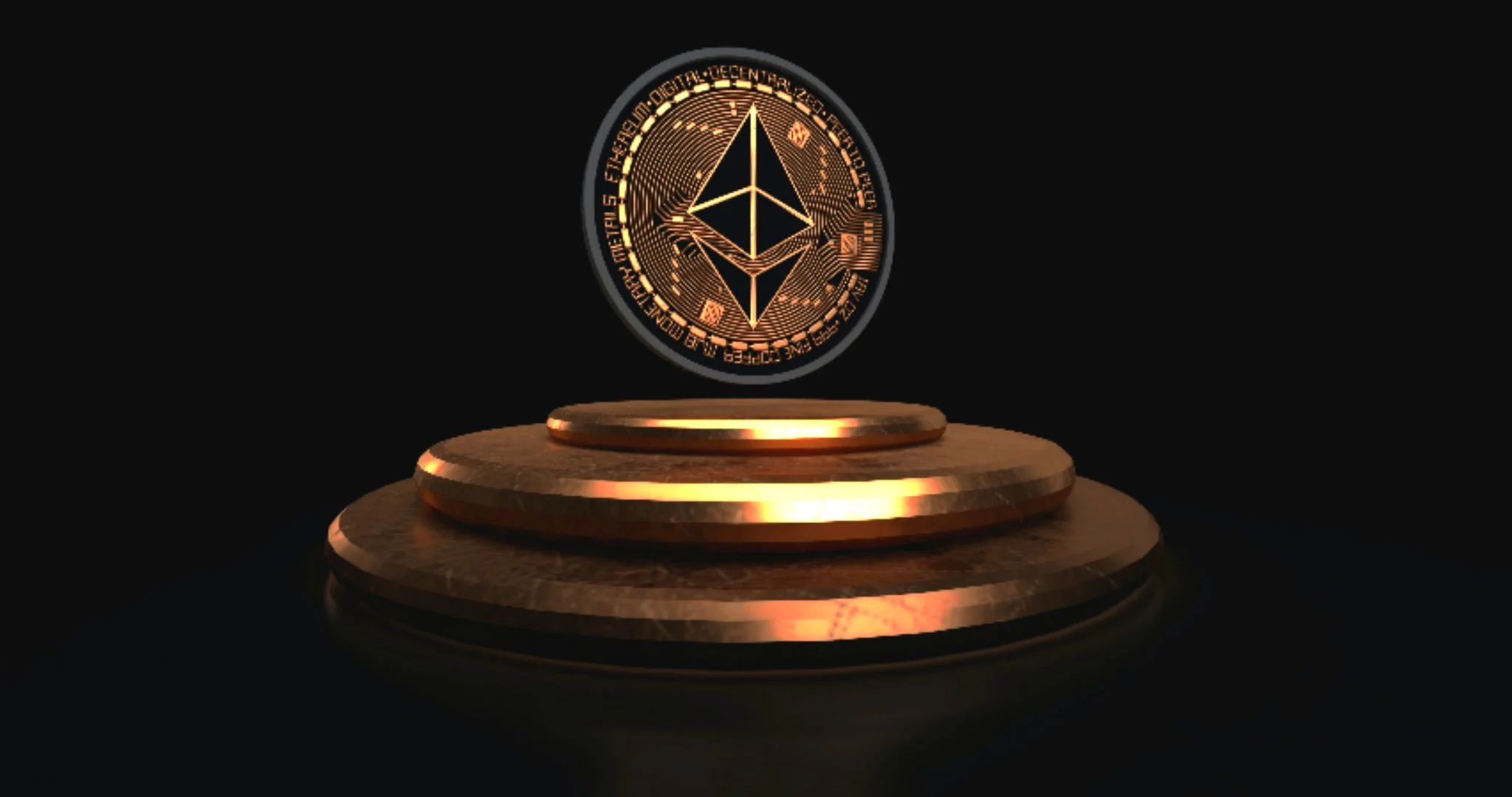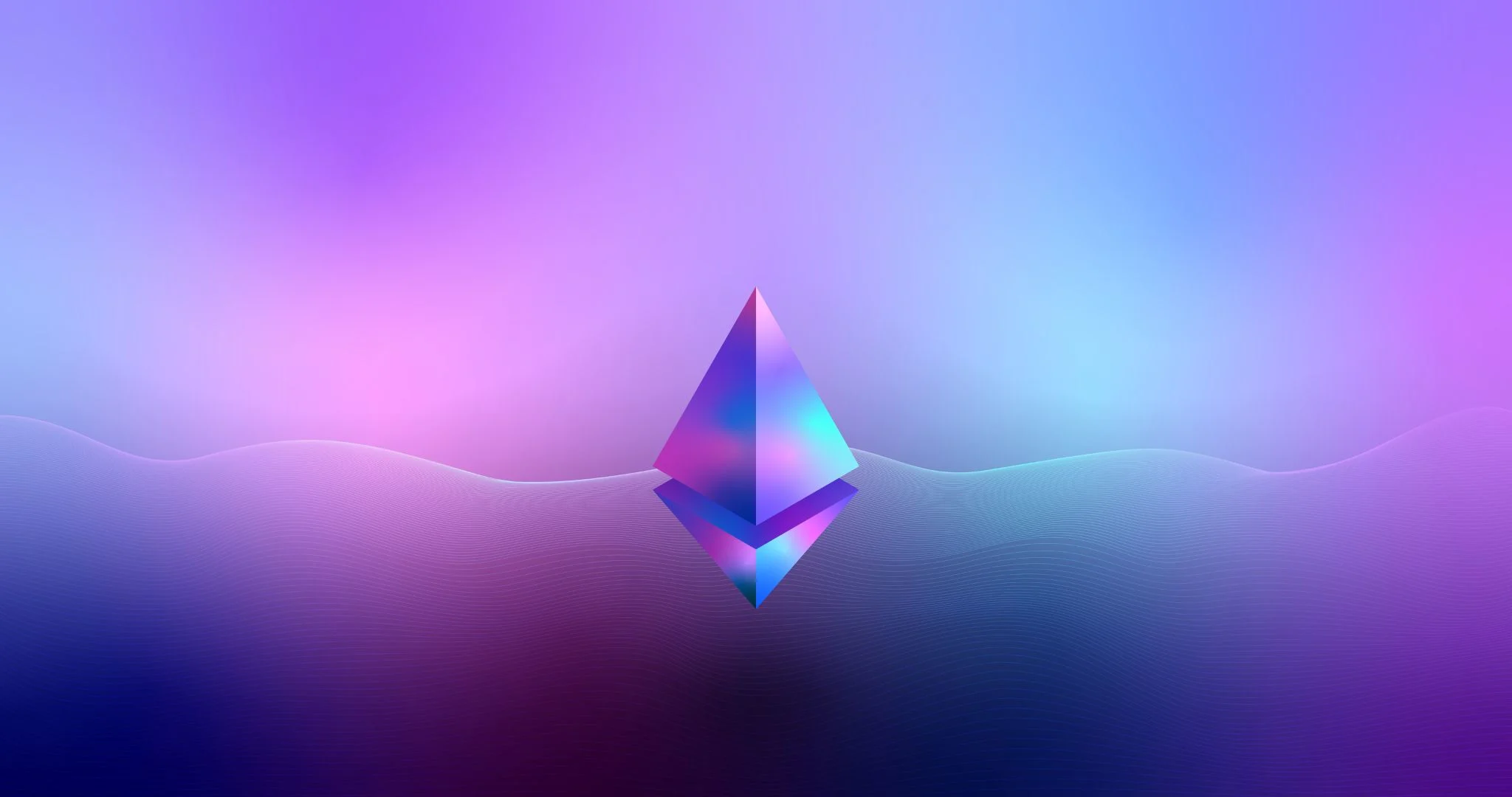Back to Blog
Wrapped Ethereum Explained: What Is wETH, and Why Use It?

Eric Esposito
Apr 19th, 2023
.4 min read

Despite complaints of high gas fees, NFT collectors still spend millions of dollars monthly on the Ethereum blockchain. Since Ethereum is dominant in the NFT space, new collectors often assume they need the chain’s native Ether (ETH) cryptocurrency to pay for digital collectibles. However, once people log into sites like OpenSea, they’ll soon notice NFT traders offering a token called “Wrapped Ethereum” (wETH) rather than standard ETH.
So, what is wETH, and why is it so popular in NFT trading? Learn the basics of wETH and how to add it to your crypto wallet.
What is wrapping in crypto? Explaining wrapped cryptocurrencies
“Wrapping” in cryptocurrency means making a digital asset accessible on a different blockchain. Currently, most blockchains can’t communicate with each other directly, which is why developers created “wrapping” technologies to exchange value between networks. Whenever someone wraps a cryptocurrency, they encase it in a new set of coding rules to work on a different network. People send their original crypto to a custodian to receive a synthetic copy of their initial coin in a wrapped token form. Wrapped tokens have the same price as their underlying cryptocurrency, but they work on different blockchains.
Wrapped tokens help traders use non-native cryptocurrencies on other blockchains to use services like decentralized exchanges (DEXs) or NFT markets. For example, if someone wants to earn interest on their Bitcoin by lending it on an Ethereum dApp like MakerDAO, they’d use the Ethereum-friendly Wrapped Bitcoin (wBTC) token.
wETH vs ETH: What’s the difference?
The interesting feature about wETH is that it runs on Ethereum rather than a non-native blockchain. Released in 2017 by 0x Labs, wETH is a version of ETH with a different coding standard called “ERC-20.” Every fungible token on Ethereum’s blockchain (e.g., UNI, LINK, and DAI) needs to follow the rules laid out in the ERC-20 standard.
Since ETH was around before the ERC-20 standard went into effect, it’s impossible to use native ETH on Ethereum dApps. To solve this issue, 0x Labs created wETH to meet the ERC-20 standard and mirror the price of ETH. People on Ethereum still need to use ETH to pay gas fees, but they can use wETH on dApps for trading, lending, or buying NFTs.
Why use wETH for NFT trading?
Because wETH meets the ERC-20 token standard, it’s the only way to use this cryptocurrency to buy digital collectibles on Ethereum-compatible markets. For example, OpenSea only allows people to place bids or make offers with wETH. So, anyone who wants to buy NFTs on Ethereum needs wETH in their wallet to complete a trade. Also, NFT collectors interested in the growing NFT lending space need wETH to interact with advanced functions on dApps like BendDAO.
How do you wrap ETH coins?
There are a few ways to buy wETH, but you first need to download an Ethereum-compatible software wallet. The MetaMask wallet is the most popular and convenient option, but other wallets like the Rainbow Wallet and the Coinbase Wallet work. Whichever wallet you choose, you’ll need to fill it with the amount of ETH you want to convert to wETH. You can use a centralized exchange (CEX) like Coinbase or a fiat-to-crypto service like MoonPay to load your wallet with ETH. Remember, you’ll need a little extra ETH to pay for gas fees.
Once you have ETH in your wallet, link it to an Ethereum decentralized exchange (DEX) like Uniswap to switch between ETH and wETH. Uniswap has a “Link Wallet” button on the top right of its main page. After linking your wallet, enter how much ETH you want to switch to wETH and confirm the transaction.

For those who don’t want to use Uniswap, visit CoinMarketCap or CoinGecko, search for “wETH,” and click the “Markets” tab to see all of the exchanges offering wETH trading pairs.

Besides swapping ETH for wETH on Uniswap, you could use MetaMask’s built-in “Swap” feature.

The NFT market OpenSea also has a “Wrap” button to make it easy to convert between ETH and wETH. No matter which method you use, you’ll receive the same ERC-20-compatible wETH in your wallet.

How to convert Wrapped ETH to ETH?
To switch from wETH to ETH, use the above strategies but reverse your crypto trading pairs. For example, if you’re on Uniswap, trade wETH for ETH to unwrap your tokens. People with a MetaMask account can also “Swap” wETH to ETH within their wallet, and those on OpenSea will see an “Unwrap” feature in their wallet icon.
Are there downsides to using wETH?
wETH makes it easy to use DeFi and buy NFTs, but this token carries a higher risk of centralization. Although many wrapping services use blockchain programs called “smart contracts” to reduce counterparty risk, people must rely on custodians to safeguard ETH for every wETH in circulation.
Also, wrapping technology is still in its infancy, and code vulnerabilities aren’t unheard of. There have been many high-profile hacks of wETH on different protocols, including the $320-million exploit on the Solana-to-Ethereum bridge Wormhole. NFT collectors and creators should consider these safety concerns when minting and transferring their wETH.
wETH: The key to NFT market liquidity
Without the coding standards in wETH, it would be challenging for NFT traders to use ETH outside of paying for gas fees and simple transactions. Indeed, the convenience and liquidity of wETH makes it a crucial feature in the global NFT market. Although future developers may come up with new strategies to make ETH interoperable with the ERC-20 standard, today’s NFT collectors need wETH for their trades.
Related Posts

Ethereum Scores a 1-Year High: Over $2,000 After the Shanghai Update
Ethereum is in full bull market mode following the Shanghai Upgrade. Learn ...

Eric Esposito
Apr 14th, 2023

Fractional NFTs Explained: From Collector DAOs to PartyBid, and More
The Web3 space can be intimidating to newly onboarded mavericks. But fracti...

Virginia Valenzuela
Apr 13th, 2023

Proof-of-Stake Explained: A Guide to the the Future of Blockchain
What is proof-of-stake, and how does it affect the environmental footprint ...

Arvind Kesh
Apr 13th, 2023